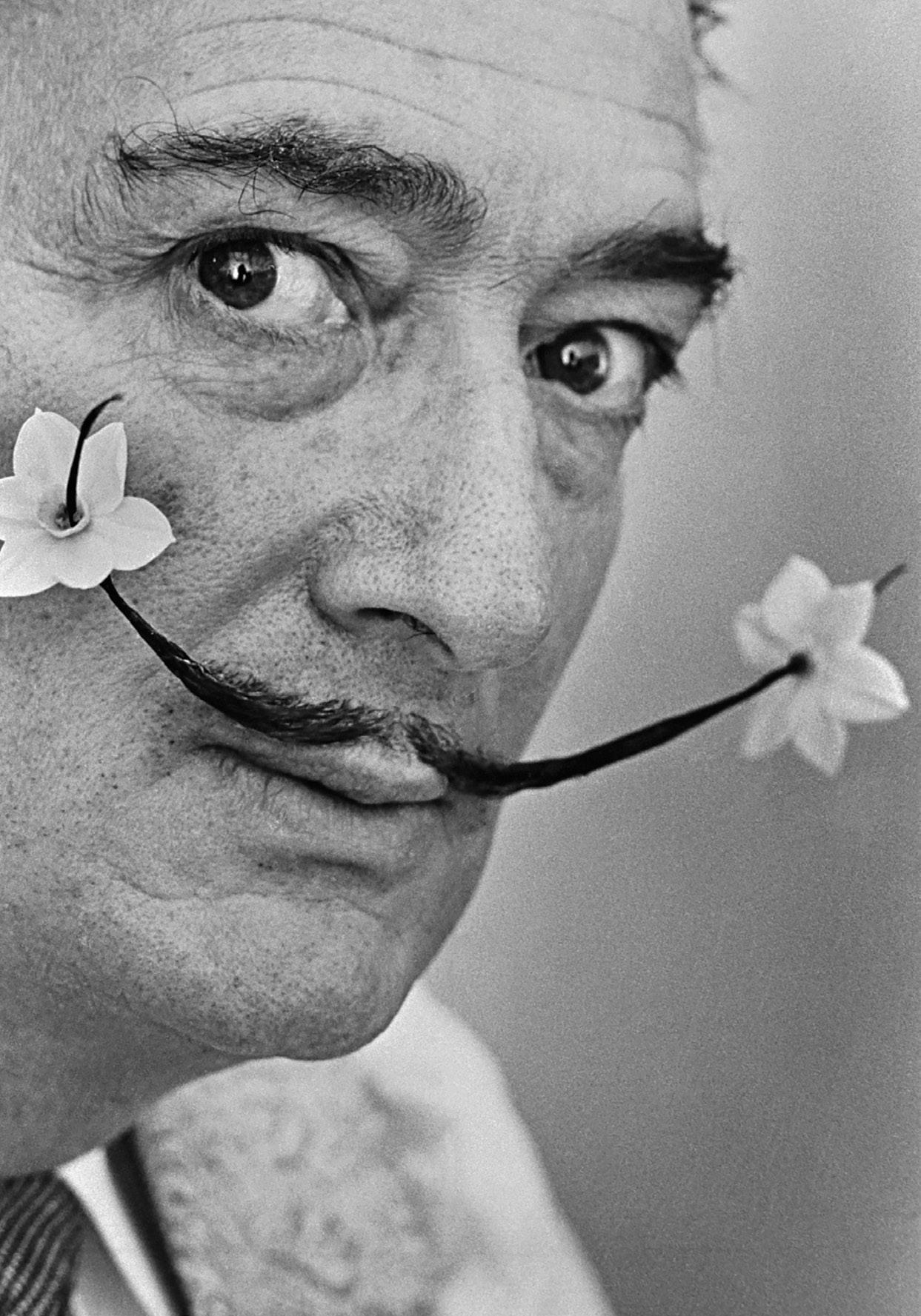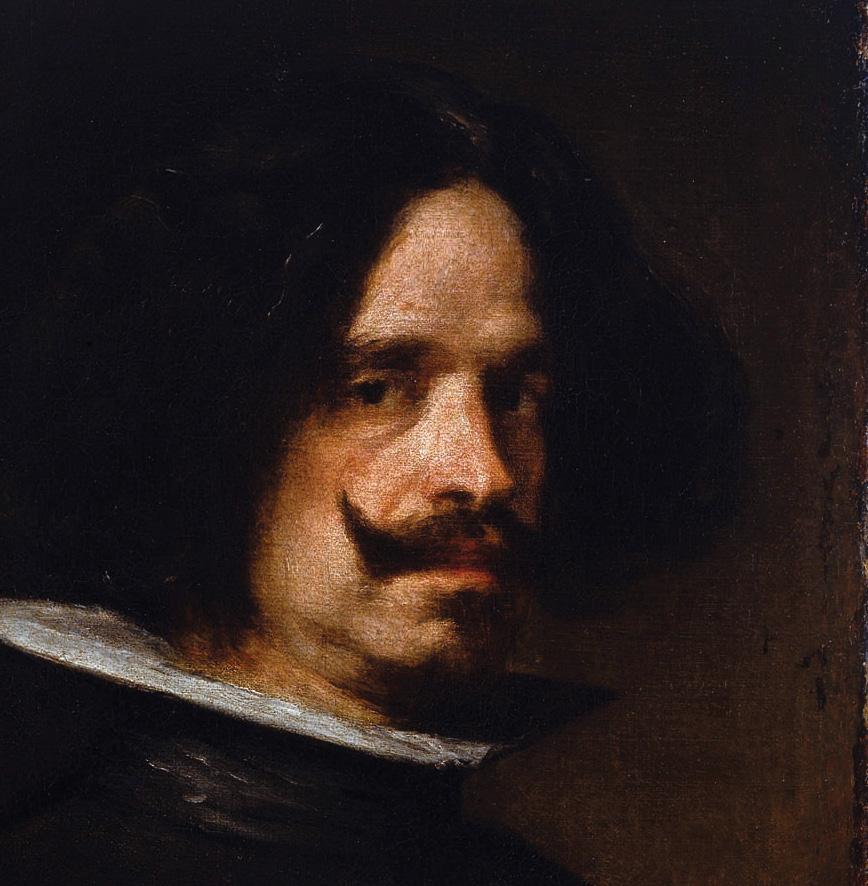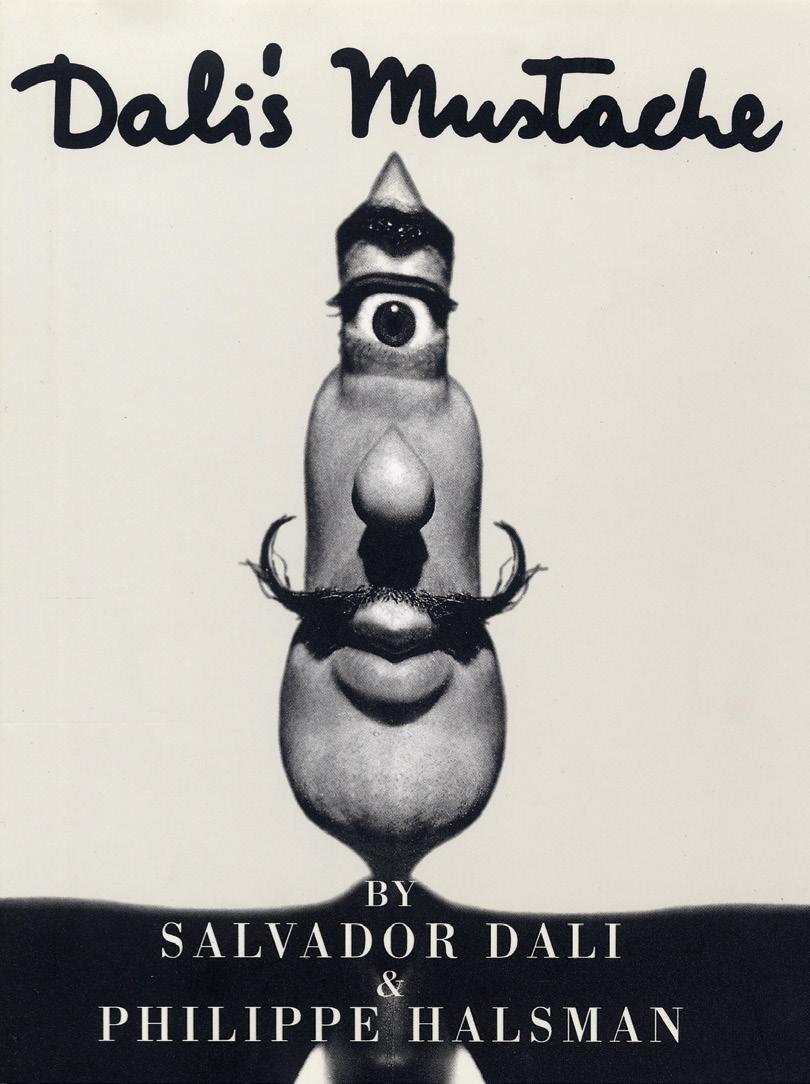
4 minute read
SALVADOR DALÍ - MASTER OF THE MO
In the run-up to the moustachemad month of ‘Movember’, Belinda Beckett pays tribute to Spain’s ultimate Mo Bro and the gravity-defying lip rug that inspired his least-known artwork
WORDS BELINDA BECKETT
Five million guys around the globe will be ‘Growing a Mo for Movember’ behind their coronavirus masks this year to ‘change the face of men’s health’. But few efforts will hold a tweezer to the spectacular specimen sported by Catalan artist Salvador Dali when he was alive… or indeed, dead.
His macabre exhumation three years someday I may die, though it is unlikely, I ago to provide DNA for a paternity suit was surreal enough. But even more incredibly, after 28 years buried in a crypt below his museum in Figueres, Spain, his trademark ’tache, was perfectly intact and ‘still pointing to 10 past 10 o´clock, just as he liked it,’ according to the head of the Dalí Foundation.

The embalmer was even more astounded, calling it ‘a miracle’. It's certainly a miracle no one was tempted to snip off this very personal piece of the artist's legacy for posterity before putting its owner back in the ground.
The exhibitionist Dalí would have relished the surreal charade, which ultimately proved he was not the father of Madrid tarot card reader Pilar Abel, who had to pay for digging him up. He once said, ‘I do not believe in my death and if someday I may die, though it is unlikely, I hope the people in the cafés will say, ‘Dalí has died, but not entirely.’
His obsession with upper lip hair began in the 1920s when he adopted ‘the smallest moustache in the world, which soon like the power of my imagination, continued to grow’. Awarded the Movember Foundation’s ‘Moscar’ for Most Iconic Moustache of All Time, at its max it measured 25 centimetres and reached up to his eyebrows. "It’s the most serious part of my personality. Like two erect sentries, it defends the entrance to my real self”, Dalí said… although you never knew when he was yanking your chain.

Velázquez inspired Dalí’s lip rug
He styled it on the moustaches of his admired Velázquez and Philip IV of Spain, waxed it daily to keep it upright and twisted it into weird shapes. He even used it as a paintbrush and claimed his facial bristles were antennae for picking up creative inspirations.
“Since I don't smoke, I decided to grow a moustache — it is better for the health,” the eccentric genius explained. “However, I always carried a jewelstudded cigarette case in which, instead of tobacco, were carefully placed several moustaches... I offered them politely to my friends: Nobody dared to touch them. This was my test regarding the sacred aspect of moustaches.” Go figure.
Along with his better-known artworks, he also bequeathed us Dali's Mustache, a photographic exploration of his psyche through 28 black and white images of his most distinctive facial feature – adorned with flowers, poking through the holes in a Gruyere cheese, or dipped in honey with a fly stuck to it. A collaboration with American portrait photographer Philippe Halsman, published in 1954, it bore the slogan: ‘Warning! This book is preposterous!’

Growing it… Dalí with mid-life moustache and pet ocelot Babou
Dalí’s cryptic captions, presented as absurd Q&As, show his mastery of self-irony. In one image his moustache is fashioned into a dollar sign, referencing Avida Dollars (greedy for dollars) the derogatory anagram of his name coined by artist André Breton who thought Dalí’s commercialism was destroying the integrity of the Surrealist movement. The image is captioned: ‘Question: I have the feeling I have discovered your secret, Salvador. Could it be that you are crazy? Answer: I am certainly saner than the person who bought this book.’
Of course, unlike a true Mo Bro, Dalí was mainly in it for the Mo-ney. As well as producing over 1,500 paintings he turned his hand to movies, sculpture, photography, writing and advertising – the logo for Chupa Chups, the iconic Spanish lollipops, was one of his creations. He even doodled on his cheques before paying his bills, knowing they would never be cashed as the art was worth more!
However, he was unquestionably ‘un hombre de bigote’ – literally, ‘a man of the moustache’, as the Spanish say when they mean a man of character. Never more aptly in Dali’s case!

Collector’s item: first editions fetch four-figure sums
Etymology note: Bigote is said to originate from the Reconquest of Granada when Swiss German crusaders fighting for the Catholic Monarchs used to scream ‘Bei Got’ (by God) as they charged the Moorish hordes. The only soldiers sporting moustaches (everyone else had beards), the Spanish nicknamed these fearless men of character ‘hombres de bigotes’ and, like a false moustache, the word and its heroic meaning stuck.










